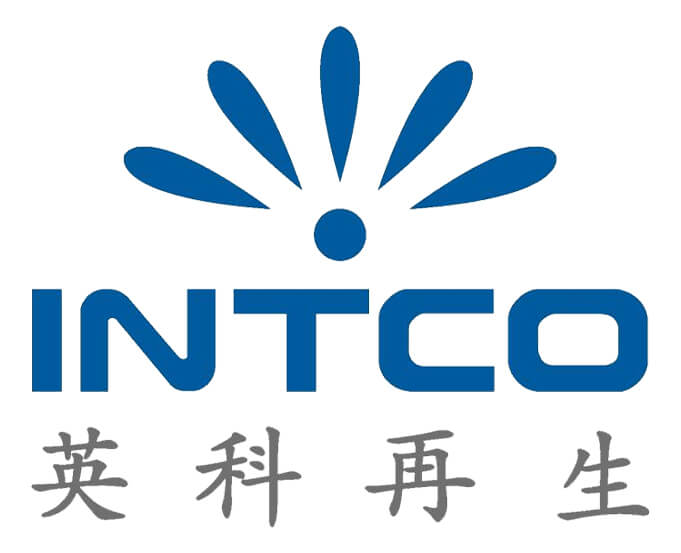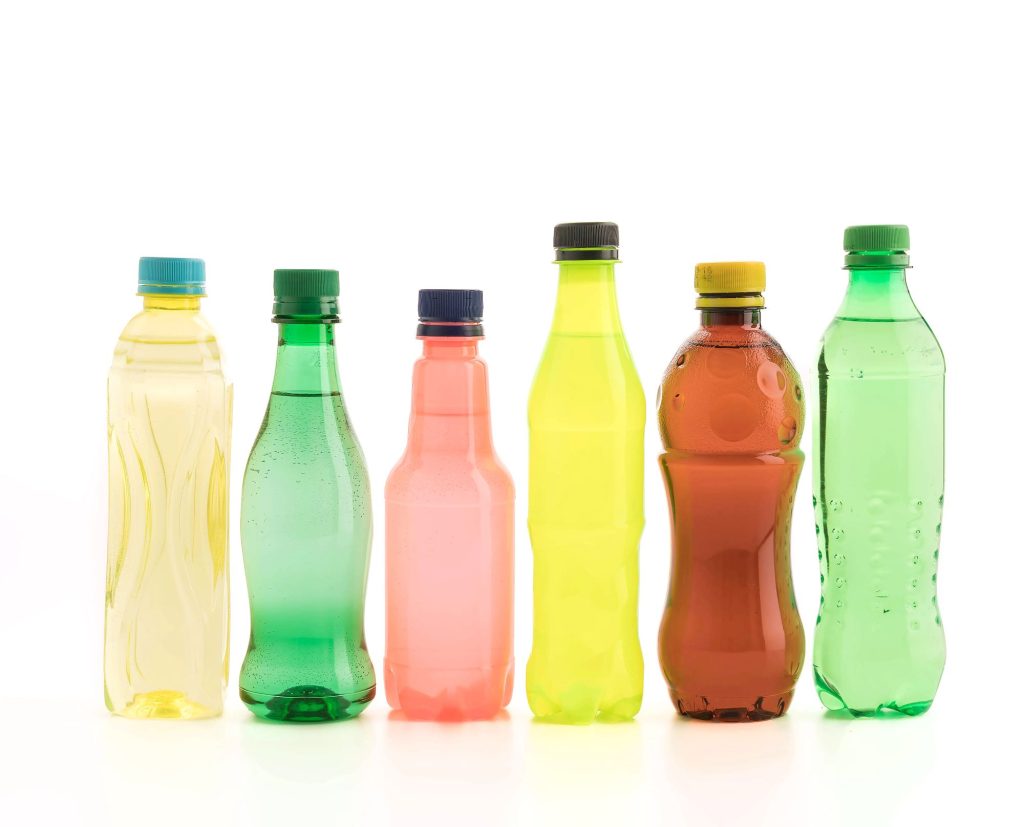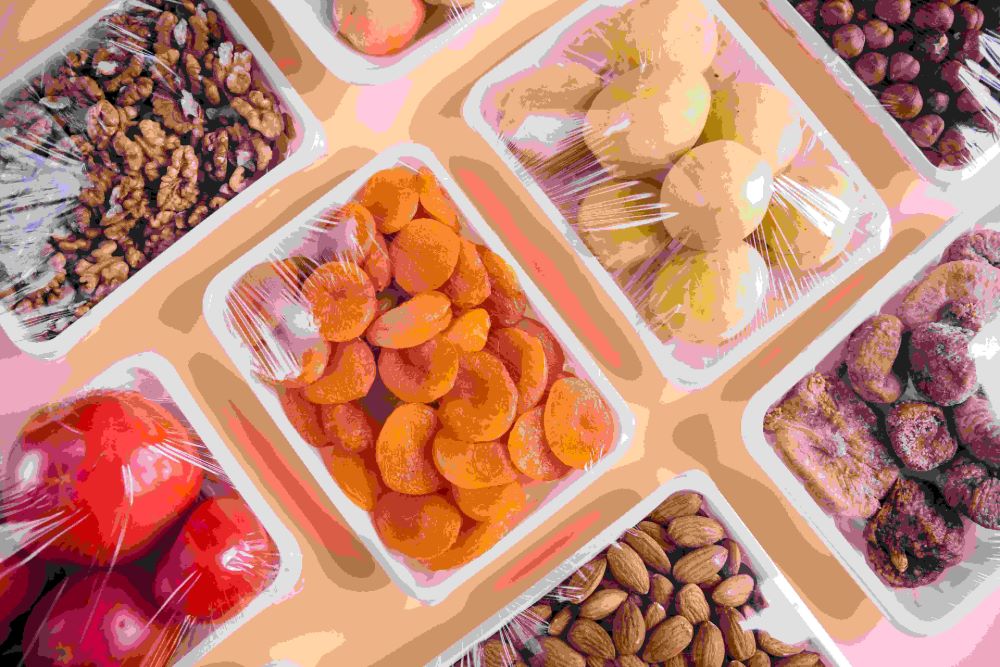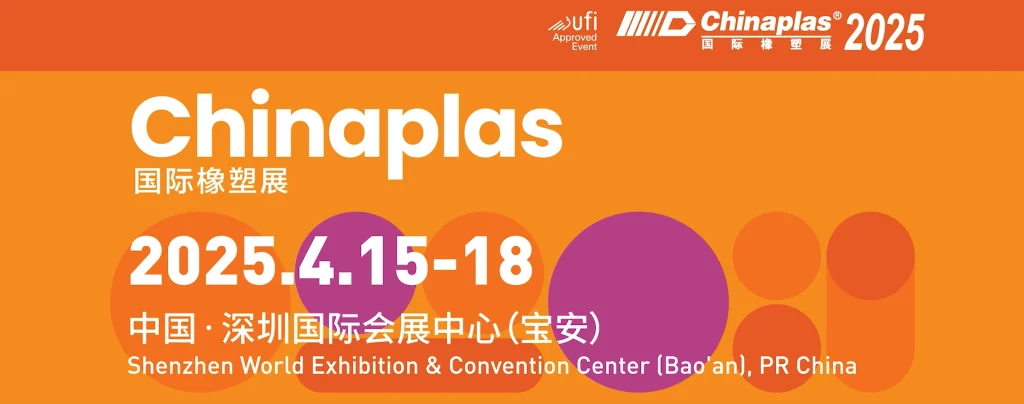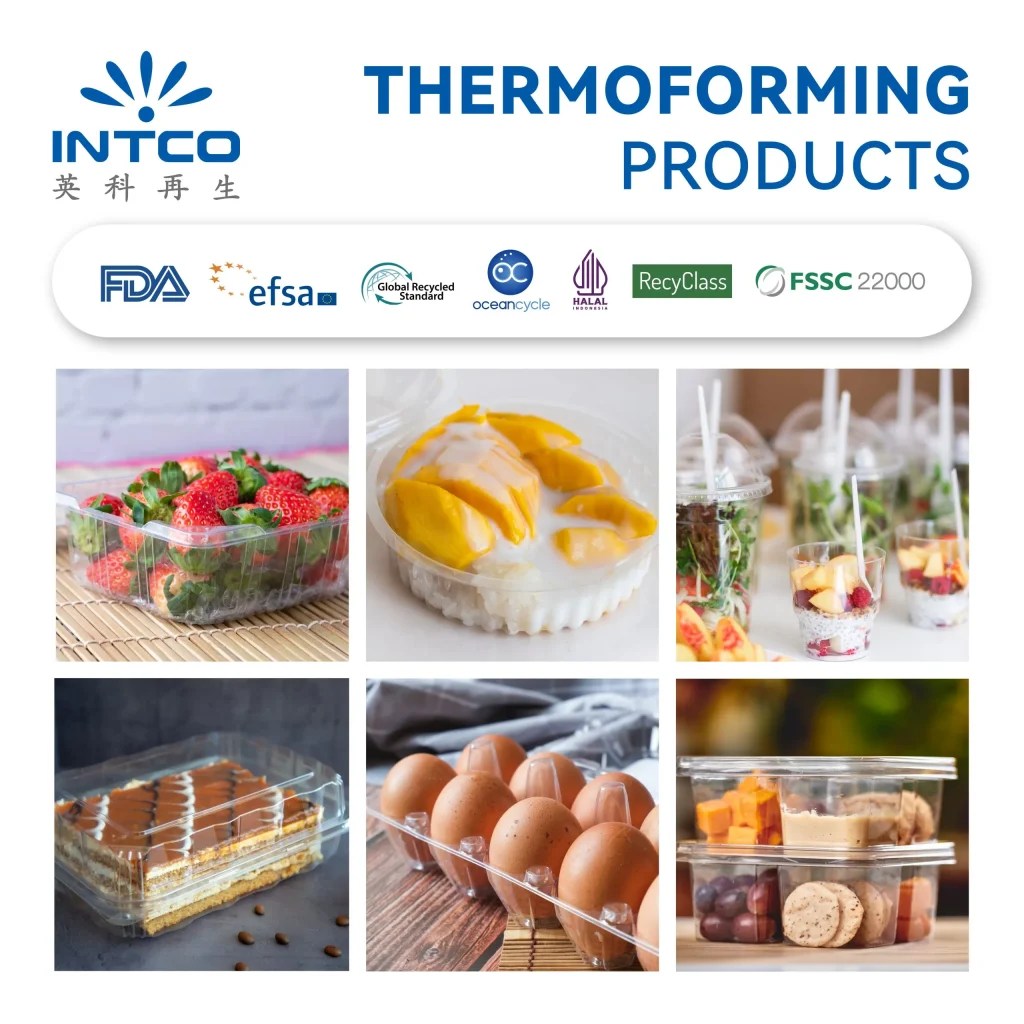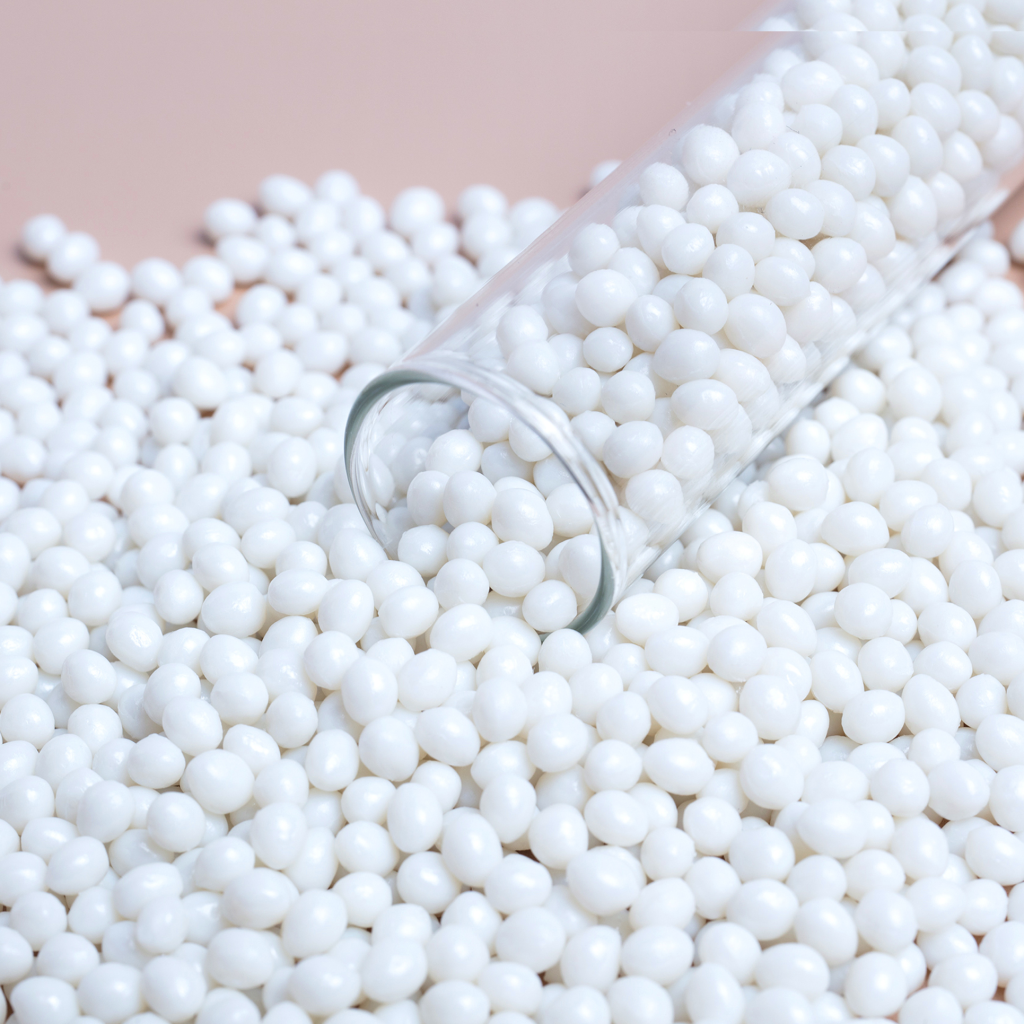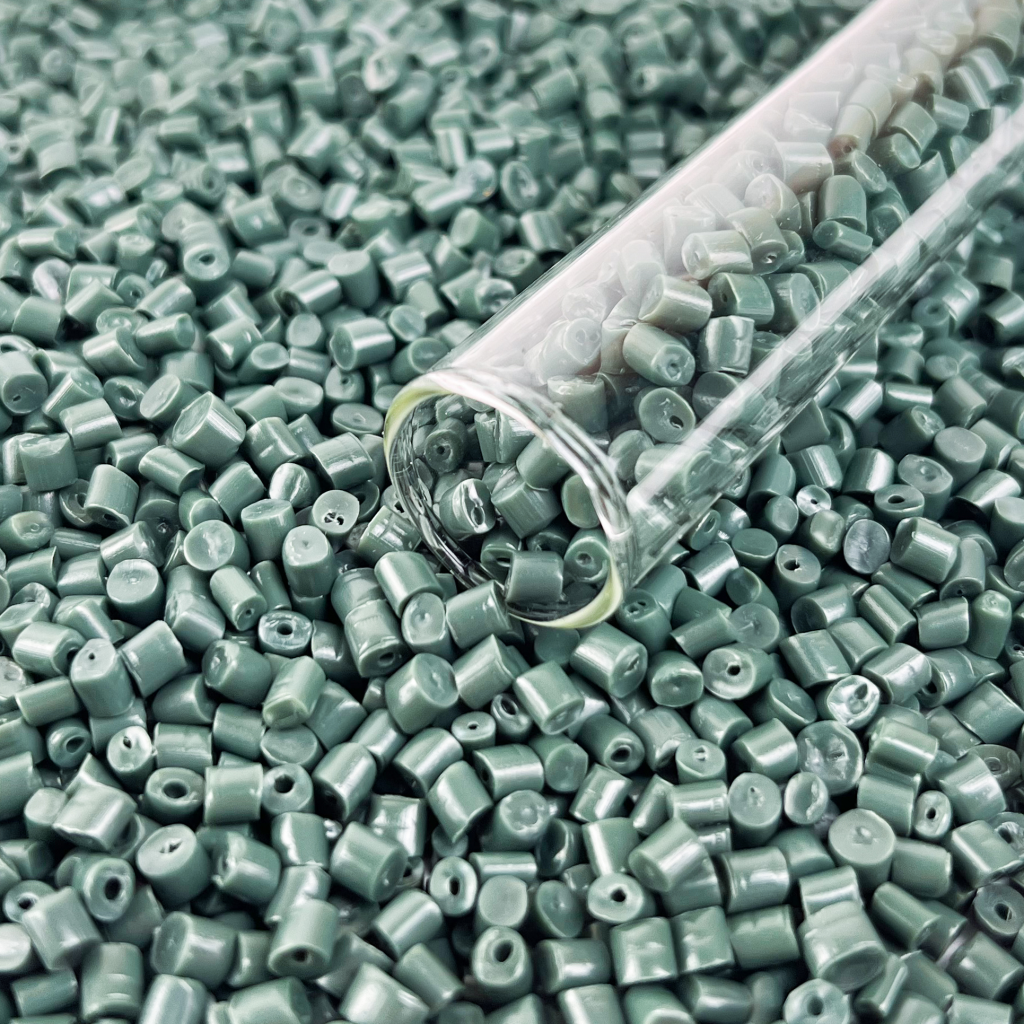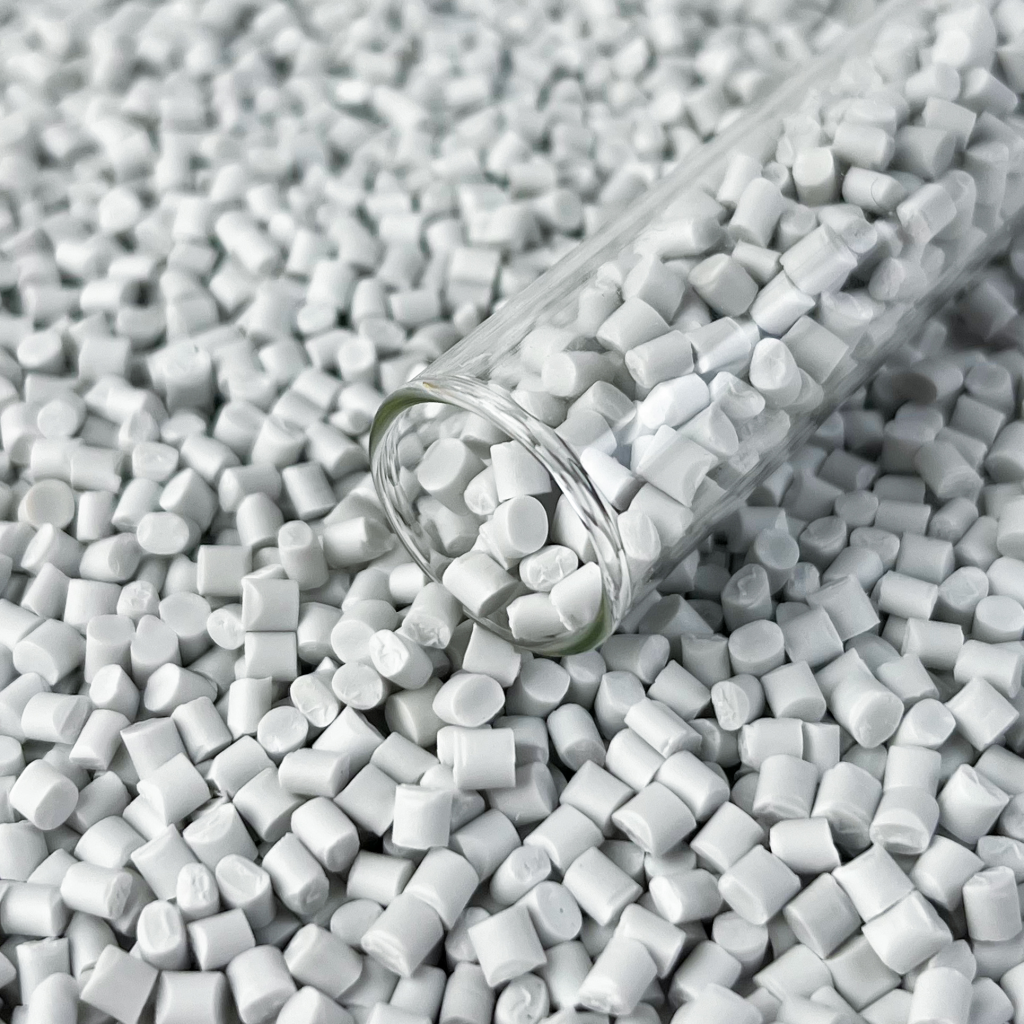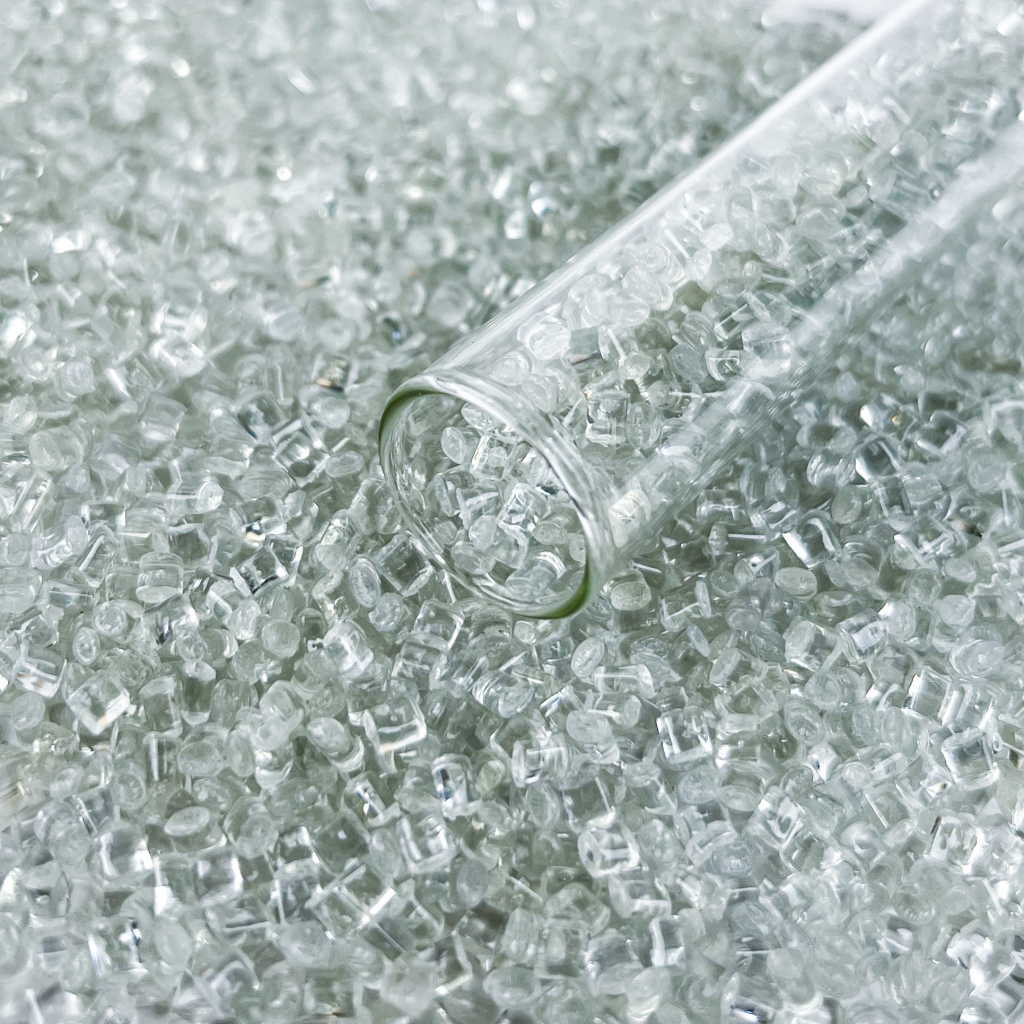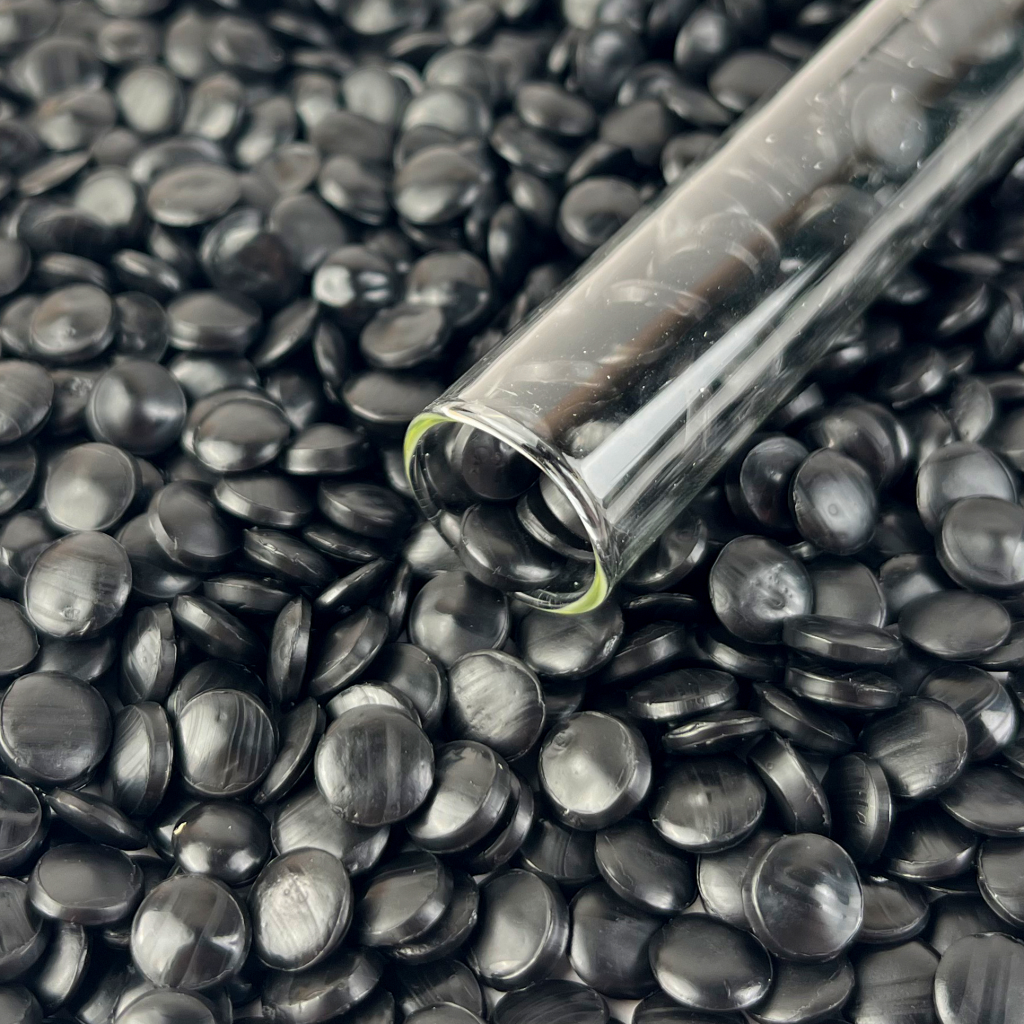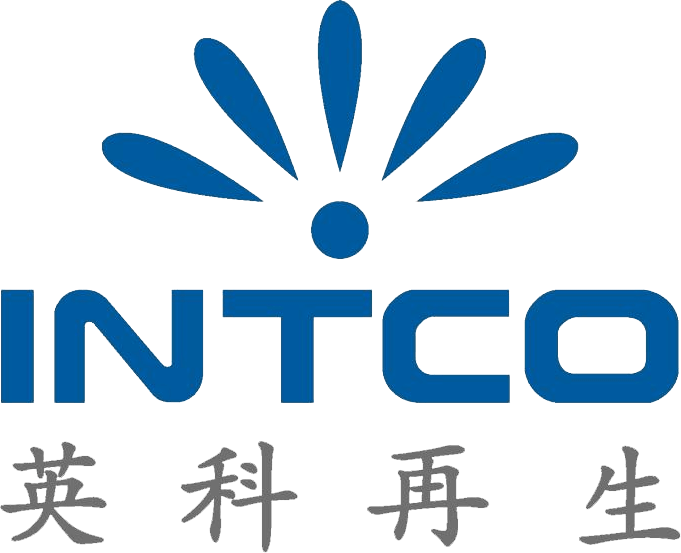Polystyrene (PS) is an used type of plastic that is valued for its flexibility and affordability in various uses such as packaging materials and food storage containers as well as for insulation purposes. However, the very characteristics that make it a practical choice also pose environmental challenges. The article delves into the conversion of polystyrene waste into foam trays by stressing the significance of a closed loop system and outlining the procedures required for this transformation.

What Is Polystyrene (PS)
Polystyrene is a man made chemical compound derived from monomers that can be molded under high temperatures and pressure and then cooled to regain its solid form. Its natural state is clear, and can be altered with dyes and other substances to produce different items.
Varieties of Polystyrene; Polystyrene can be found in formats such as solid and foam materials with expanded polystyrene (EPS) extruded polystyrene (XPS) and polystyrene paper (PSP). EPS is known as Styrofoam. Is lightweight and commonly utilized in packaging and disposable food containers; whereas XPS is predominantly employed in the construction industry for its unique properties.
The Polystyrene Recycling Process
The journey of converting polystyrene into reused foam trays is not a process with just one step involved; it comprises multiple significant phases that each contribute significantly to the evolution of the material itself.
1. Compressed Foam
After gathering and organizing the polystyrene foam material it is compressed to make it more compact and denser in nature. This process is crucial as polystyrene foam tends to occupy a lot of space and would not be cost effective to transport or handle without reducing its volume.
Compaction is usually done by using an EPS compactor device that compresses the foam to eliminate air and boost density levels significantly.You can see a transformation in the density of EPS material from 30 kg/m³ to 400 kg/m³ post compaction. This significant shrinkage in size enhances the materials value for recycling purposes.
Reducing the volume is crucial as collecting and moving polystyrene can be expensive given its nature and low density.
2. Pelletizing: Processing Compressed Foam
The compressed foam made of polystyrene is transformed into pellets through a series of steps; first by shredding the material into tiny pieces and then melting it down to create molten polystyrene which is later shaped into strands and cut into small pellets.
Pelletizing plays a role as it transforms the large and lightweight compressed foam into a more convenient and uniform shape for additional processing purposes.The resulting pellets are also simpler to transport and store efficiently.
3. r-PS Pellets: Production of High-Quality Recycled Plastic Resin
The process of pelletizing leads to the creation of recycled polystyrene (RPS for short). These pellets are notch recycled plastic materials that are ideal for making a variety of new products.
These pellets are meticulously crafted to meet quality requirements to guarantee they possess the characteristics for manufacturing innovative goods. This involves implementing quality assurance protocols like sorting by color to achieve a high grade final product.
4. Manufacturing Foam Trays and Other Products
The recycled polystyrene pellets are later utilized to create products like foam trays that serve purposes in both food and non food related settings.
o r-PS can also be used to create other products such as wave boards and colored trays. The versatility of r-PS makes it a valuable material in a variety of industries.
Using recycled plastic in the production of items decreases the need for brand new plastic and contributes to conservational efforts by preserving our natural resources.
5. Recycling the Foam Compressor
This marks a stage in a complete closed loop system where the foam compressor employed to condense the initial waste is also recycled itself.
This part of the process is frequently ignored. It plays a vital role in establishing a fully sustainable system.
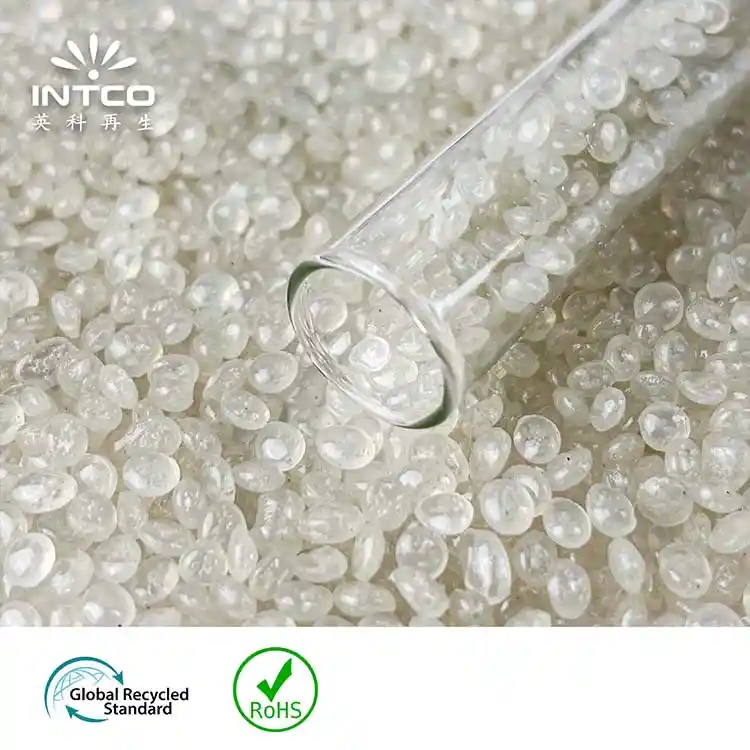
Why Recycling Polystyrene Is Essential
Recycling styrofoam is crucial for tackling issues and supporting sustainability – it’s not just a choice but a necessity.
Recycling helps decrease landfill waste by divertig biodegradable polystrene from landfills where it might take up to 500 years to break down naturally.
Helps Protect the Environment; Recycling polystyrene helps to preserve resources by decreasing the demand for new materials, like petroleum and water while also saving energy that would be required to produce fresh polystrene from raw materials.
Saves Energy. Recycling styrofoam uses energy than making it from scratch and helps lower the environmental impact of plastic goods.
Helps Decrease Pollution; Recycling helps lower the chances of pollution linked to landfill waste and the discharge of substances while also lessening air and water pollution that comes from making new plastics.
- Contributes to an Approach; Recycling polystrene plays a role in supporting a sustainable approach known as the circular economy – a concept that aims to extend the lifespan of materials by keeping them in use for as long as feasible.This strategy reduces waste generation. Optimizes resource utilization by fostering the reuse of materials instead of their extraction for single use purposes.
Recycling polystyrene plays a role in combating climate change by cutting back on the consumption of fossil fuels and decreasing waste generation.
Intco Plastic’s Range of Recycled Polystyrene Products and Applications in Foam Trays Industry
Intco Plastic is a producer of eco–friendly goods and plays a vital part in recycling polystyrene by creating top notch recycled polystyrene pellets (known as r-PS) which are later utilized in making various items, like foam trays.
Intco Plastic r–PS pellets are specially designed for producing a range of foam items such as:
- Foam trays
- Foam food containers
- Foam lunch boxes
- Foam takeout boxes
- Foam meal trays
- Food-grade packaging
Intco Plastic presents itself as a cutting edge producer of eco items by highlighting its focus on innovation and its role in promoting a sustainable global economy that tackles carbon emissions effectively. They provide not recycled plastic pellets but also personalized plastic solutions tailored to specific needs.
Conclusion
Converting polystyrene into recycled foam trays plays a role in advancing towards a greener future and promoting sustainability overall by cutting down waste and preserving resources effectively through a circular economy approach. Intco Plastic and other companies are pioneering in this area to show that sustainable and profitable solutions are achievable here too. In the end successful and widespread polystyrene recycling requires cooperation among businesses, governments and individuals alike.
